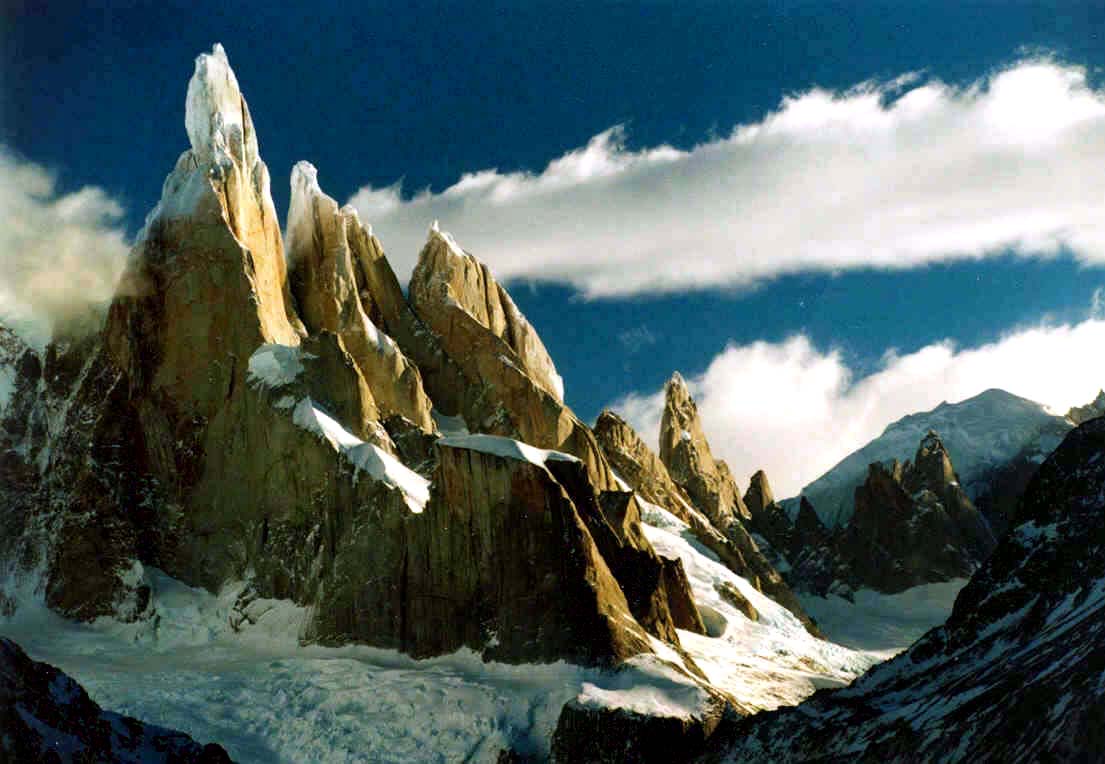Second Ascent of Marc-André’s Visión on Torre Egger in Patagonia
General News
1
Posts
1
Posters
100
Views
1
Watching
-
The climb was named in honour of Marc-André Leclerc by the first ascent team, which included Brette Harrington
The post Second Ascent of Marc-André’s Visión on Torre Egger in Patagonia appeared first on Gripped Magazine.

Second Ascent of Marc-André’s Visión on Torre Egger in Patagonia - Gripped Magazine
The climb was named in honour of Marc-André Leclerc by the first ascent team, which included Brette Harrington

Gripped Magazine (gripped.com)
-
 S Sport Channel shared this topic on
S Sport Channel shared this topic on